The 20th century saw a flurry of civil rights movements. Using the momentum of the progress made in the 19th century, political organizations gained more power by using the electoral process. Political groups also used the democratic process to change laws, ratify constitutional amendments, and change American society forever.
One of the earliest civil rights movements of the 20th century came as a result of the women’s rights movement of the 19th century. In the early 1900s, the National Women’s Party, whose members included many of the leading suffragists from the 19th century, worked to pass a constitutional amendment that would give women the right to vote.
![]() Click on the image below to read more about the 19th Amendment.
Click on the image below to read more about the 19th Amendment.
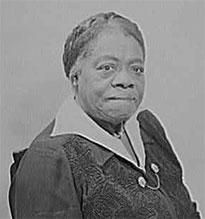 |
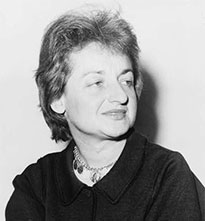 |
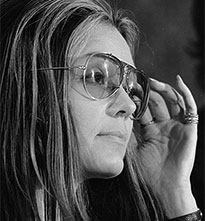 |
Mary McLeod Bethune, a civil rights leader and educator, helped found the Negro Council of Women in 1935. This organization promoted equal rights for African-American women, tackling issues such as job discrimination and sexism. Bethune later founded a training school for African-American girls, which later became Bethune-Cookman College. |
Betty Friedan wrote The Feminine Mystique, a book about the role of middle-class American housewives and the dissatisfaction with their perceived role in American society in 1963. Her book sparked the modern women's movement. Friedan helped found the National Organization for Women (NOW). NOW worked to end sexual discrimination in the workplace through marches, legal processes, and legislative lobbying. |
Gloria Steinem was a leader of the modern feminist movement. In 1972, Steinem helped publish Ms. Magazine, a major platform for womens' issues. Steinem helped found the Women's Action Alliance, a national information center that also worked toward equality for women in politics. |
The women’s movement of the 20th century made tremendous progress in legislation that transformed the rights of women in American society forever. Some of the important legislation is listed below.
| Year | Legislation |
| 1967 | Executive Order 11375 expanded President Lyndon B. Johnson’s affirmative action policy to include protection for women against discrimination in educational and employment opportunities. |
| 1972 | Title IX, an education amendment, banned sex discrimination in schools. |
| 1978 | The Pregnancy Discrimination Act banned discrimination against women in the workplace on the basis of pregnancy, childbirth, or related medical conditions. |
Since the birth of the United States, American Indians have had to fight against continuous violations of their land and civil rights. During the 19th century, American Indians were blatantly denied citizenship in Section 2 of the 14th Amendment.
![]() Click on the document below to read more.
Click on the document below to read more.
This clause of the 14th Amendment excluded American Indian males from the right to vote, while African-American males were granted that right. American Indian tribes remained independent nations and were forced onto reservations established by the United States government.
By the early 1900s, the American Indian population in the United States had declined to less than 300,000. The fervor created by the suffragist movement helped to inspire another movement in the 1920s. American Indians continued to fight for the right of citizenship in America. In 1924, President Calvin Coolidge signed the American Indian Citizenship Act of 1924, granting American Indians born in the United States full citizenship.
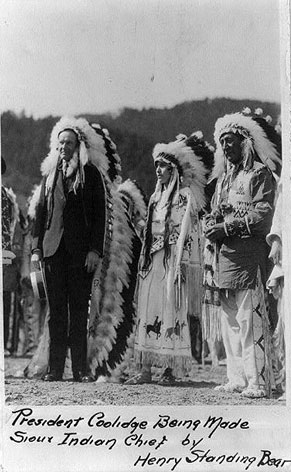
Although the Indian Citizenship Act made American Indians full citizens, they were still denied basic rights. In 1968, President Lyndon B. Johnson signed the Indian Civil Rights Act of 1968 to extend constitutional protections to American Indians.
A year later, a group of 78 American Indians from various tribes, called Indians of All Tribes, occupied Alcatraz Island in San Francisco Bay in a stand for land rights. They wanted the government to give them ownership of the island, and they wanted an Indian university, a cultural center, and a museum. Although their demonstration did not directly result in land being returned, it did bring attention to their plight and started a new American Indian activist movement.
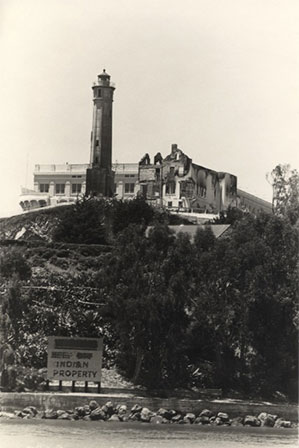
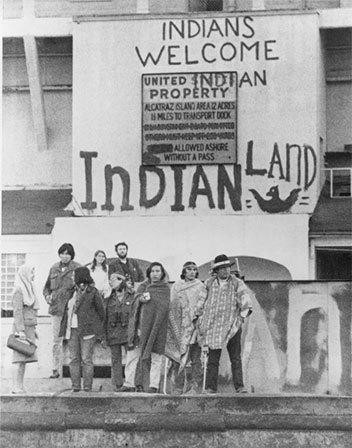
After Plessy v. Ferguson (1896) established the doctrine of “separate but equal,” African Americans continued to endure years of segregation and discrimination in the United States. Many individuals and groups fought for equality that had been guaranteed by the 14th Amendment.
African Americans faced inequality in economic and educational opportunities. African Americans in the South also faced blatant racism that was sometimes coupled with violence. They were denied services in public places and subjected to cruel, humiliating, and sometimes deadly treatment without the benefit of legal protection.
The National Association for the Advancement of Colored People (NAACP) used the political system to combat inequality for African Americans. The organization filed many lawsuits to address the inequality in the United States. One of the organization’s most important cases was Brown v. Board of Education.
Click the link below to watch the video collection "1954, Separate Is Not Equal."
In 1954, the U.S. Supreme Court decision for Brown v. Board of Education overturned the “separate but equal” doctrine and sparked the modern struggle for civil rights. This decision outlawed racial segregation in public schools. The decision was met with such resistance, especially in the South, that groups such as the NAACP continued to use the legal system to gain equality for African Americans.
Events such as the Montgomery bus boycott and the integration of Central High School by the “Little Rock Nine” were important to the civil rights movement in the 1950s. The 1950s and 1960s were challenging decades of the civil rights movement.
![]() Click on the link below to access an interactive timeline that includes events from the civil rights movement. Complete the activity that follows.
Click on the link below to access an interactive timeline that includes events from the civil rights movement. Complete the activity that follows.
Use the information from the timeline to answer the following questions.
Interactive popup. Assistance may be required.
Martin Luther King Jr. led the Montgomery bus boycott.
Interactive popup. Assistance may be required.
African-American students sat at the lunch counter until they were served. These sit-ins sparked a new movement of nonviolent protests and led to the creation of SNCC (Student Nonviolent Coordinating Committee).
Interactive popup. Assistance may be required.
The southerners reacted with violence; members of CORE were attacked, and one of the busses that they were riding in was firebombed.
Interactive popup. Assistance may be required.
After the assassination of both leaders, many African Americans became more radical in their protest efforts.
There were many civil rights leaders and organizations that worked to make sweeping legislative changes in the 1960s. In 1963, President John F. Kennedy proposed legislation to provide equal rights to all American citizens. Kennedy was assassinated before he could see this legislation pass. To honor Kennedy’s legacy, Congress passed the Civil Rights Act of 1964.
![]() Click on the document below to read more about this act.
Click on the document below to read more about this act.
Although the Civil Rights Act of 1964 provided voting protection for African Americans, the issue of voting rights remained a source of contention. The issue led to violence in many parts of the South as African Americans tried to exercise their right to vote. In March 1965, more than 600 people attempted to march from Selma to Montgomery, Alabama, in a peaceful demonstration for voting rights.
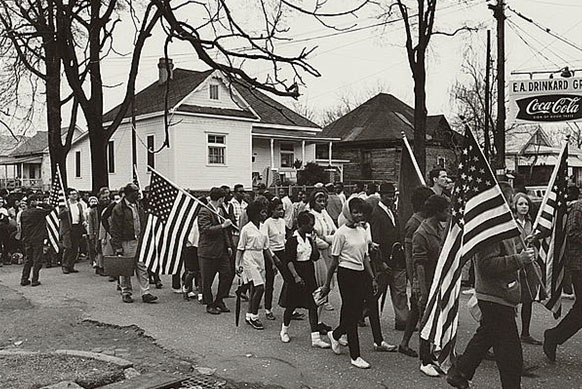
Click here to read more about the Selma to Montgomery March.
Two marchers lost their lives when the police attacked, trying to stop the march. This prompted Congress to pass the Voting Rights Act of 1965 in August of that year. This act banned literacy tests to qualify Americans as voters.
Immediately following the passage of this act, more than 250,000 new African Americans registered to vote. The struggle for civil rights for African Americans did not end with this act, but it gave momentum to this and many other causes of the 20th century.
During the civil rights era of the 1960s, the Chicano movement also emerged. The Chicano movement was focused on rights for Latinos, mainly Mexican Americans, in the United States. This movement worked toward education reforms for Latinos. The Chicano movement also involved the fight for better working conditions for Mexican-American farmworkers. Pictured below are two prominent leaders of the Chicano movement.
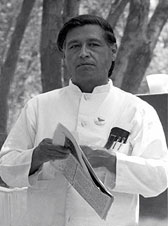
Cesar Chavez was an American farmworker who later served in the U.S. Navy. Chavez had a passion for education. He became an organizer to help Latinos register to vote.
He later founded the United Farm Workers, an organization that fought for better conditions for farmworkers. Chavez marched and arranged strikes to bring about change for the farmworkers.
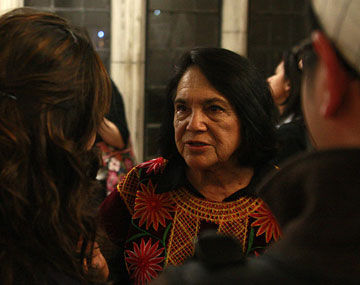
Dolores Huerta, a former schoolteacher, became involved in the farmworkers movement after noticing that many of her students, who were the children of farmworkers, were often without basic necessities. She cofounded the United Farm Workers with Cesar Chavez.
![]() Watch the video below about united farmworkers, and then answer the questions that follow in your notes.
Watch the video below about united farmworkers, and then answer the questions that follow in your notes.
Source: United Farm Workers Celebrate 50 years, Univision, YouTube
Interactive popup. Assistance may be required.
Today’s farmworkers have clean water to drink and clean bathrooms.
Interactive popup. Assistance may be required.
Today’s farmworkers would like to have health benefits.
Sources for images used in this section, as they appear, from top to bottom: